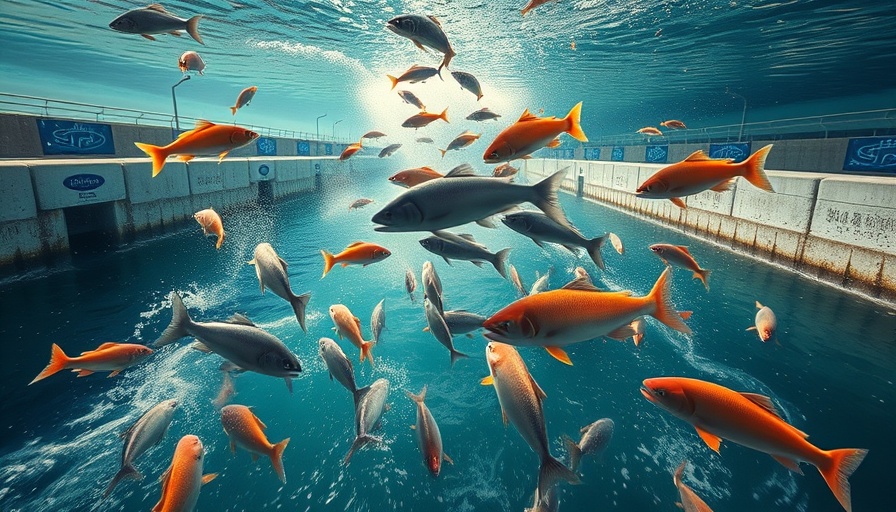
Unlocking the Secrets of Fish Nasal Microbiota
Recent research reveals that fish nasal microbiota may play a crucial role in guiding conservation strategies for aquaculture and wild fish populations. The study conducted by a team of marine biologists highlights how these microbial communities can influence fish health, resilience, and overall ecosystem stability.
How Microbiota Can Transform Conservation Efforts
Understanding the complex interactions between fish and their nasal microbiota can lead to innovative conservation solutions. By monitoring and preserving healthy microbiota, aquaculturists can enhance fish resistance to diseases, thus promoting healthier populations and improving yield. This knowledge can redefine aquaculture farming techniques and strengthen biodiversity in marine ecosystems.
Connecting Microbiota to Sustainability Practices
As the demand for sustainable seafood rises, implementing microbiota-based conservation strategies can reduce dependency on antibiotics and other harmful interventions. Such practices support the health and welfare of fish and lead to more ethical farming practices.
Emerging Trends in Aquaculture
The integration of microbiome knowledge within the fisheries sector is gaining traction, advocating for a shift in traditional farming practices. This approach not only addresses current environmental concerns but also aligns with a growing consumer demand for ethically produced seafood. Consequently, professionals in the poultry and aquaculture industries must stay informed of these developments to remain competitive and responsive to market changes.
As the insights from this research circulate through the aquaculture community, industry leaders are encouraged to embrace these scientific advancements that could significantly shape the future of seafood production.
 Add Row
Add Row  Add Element
Add Element 



 Add Row
Add Row  Add
Add 
Write A Comment